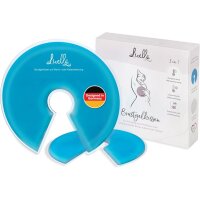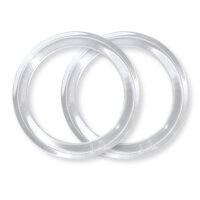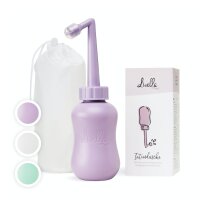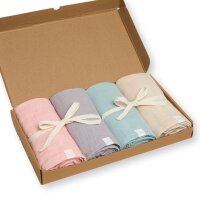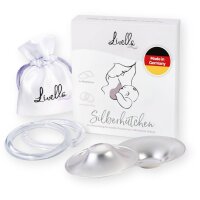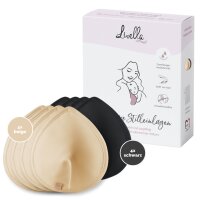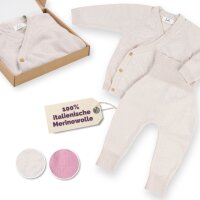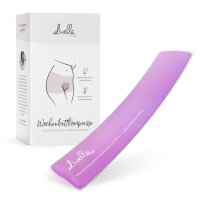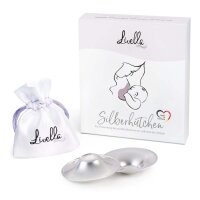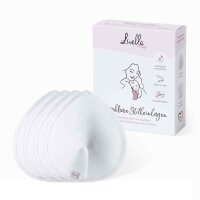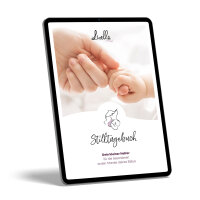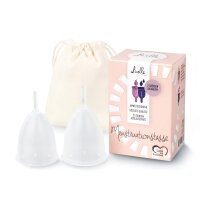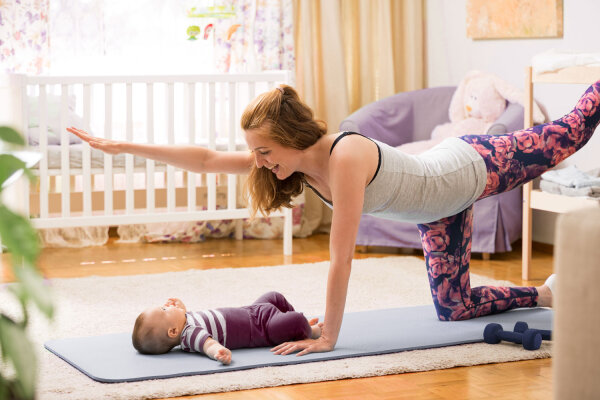Your baby has arrived, breastfeeding is going well, now it's time to get back into shape. At least that's the intention many new mothers have. However, there are many questions to clear up before they can really start exercising while breastfeeding.
What kind of exercise is good while breastfeeding and which ones should be avoided? Can you diet and exercise while breastfeeding? Can exercise affect breast milk supply? Here is everything you need to know about exercise and breastfeeding.
Table of contents
Why is exercising while breastfeeding important?
Exercise and breastfeeding: which kinds of exercise are allowed?
Exercising while breastfeeding: possible problems and tips
Healthy weight loss through exercising while breastfeeding
Exercise and breastfeeding: pelvic floor exercises
Exercise and breastfeeding: frequently asked questions
Why is exercising while breastfeeding important?
Physical exercise and breastfeeding are not mutually exclusive. Well on the contrary! Exercising has many benefits for new mothers. For example, getting some exercise can help your body recover more quickly after birth. Also, exercising is generally known for having a positive effect on health.
Other possible benefits of exercising while breastfeeding include:
- Positive effects on the cardiovascular system and metabolism
- Physical fitness
- Back pain relief
- Less intense mood swings
- Reduction of anxiety
- Reduced risk of depression
- Faster recovery after the birth
- Promotion of physical well-being
- Improved self-confidence
- Better quality of sleep
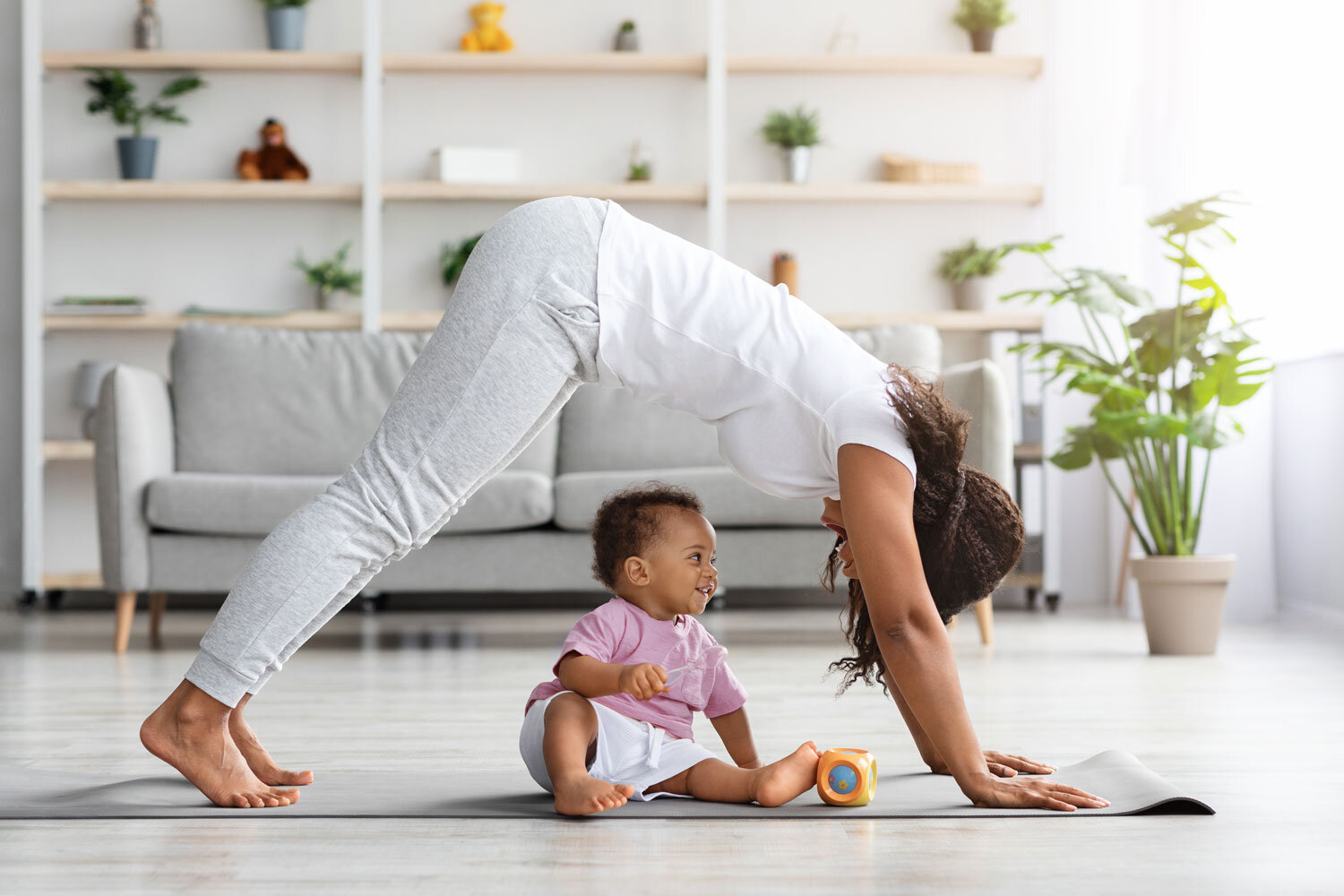
Exercise and breastfeeding: which kinds of exercise are allowed?
It’s up to the mother to decide which kind of exercise she wants to engage in. The kind of exercise is less important than the intensity of the physical activity. The general rule is: any kind of activity that is fun and makes you feel good is allowed, as long as it isn’t too strenuous.
Physical activities that are often recommended for breastfeeding mums include:
- Swimming (from a certain age, you can also take your baby with you)
- Going for a walk
- Postnatal gymnastics and pelvic floor exercises
- Running at moderate speed or jogging
- Cycling
- Mother-baby yoga
If you are unsure about whether the kind of exercise you want to engage in is safe for breastfeeding or not, you should consult your GP or another healthcare professional. This prevents overexertion and ensures that you can fully enjoy the chosen physical activity.
Breastfeeding mums should avoid highly strenuous physical activities. This includes anaerobic exercise which is based on short, high-intensity exercises. Anaerobic exercise costs the body too much energy and produces lactic acid in the body, which can enter the breast milk via the mother's bloodstream.
Lactic acid can cause the breast milk to take on a slightly sour flavour. This could result in a temporary breastfeeding strike.
Exercising while breastfeeding: possible problems and tips
Exercising very rarely causes problems during breastfeeding. However, depending on the intensity of the workout, breastfeeding mums might experience the following problems:
- Sore nipples: Endurance sports like running or jogging can lead to sore nipples. The constant friction of the bra against the nipples can make them sore and painful. Sore nipples are a common cause of breastfeeding pain.
- Nursing strike: As mentioned earlier, too much exercise can lead to an increase in lactic acid levels in the muscles. If the lactic acid produced in the muscles ends up in the breast milk, the milk suddenly tastes different. This can lead to a breastfeeding strike.
- Decreased milk supply: There are voices claiming that physical exercise during which the breast constantly bounces up and down might lead to a slight reduction of the mother’s milk supply. However, there is no medical consensus on this matter.
In any case, problems arising from exercising while breastfeeding can easily be prevented. Here are a few tips.
- Wash your breasts thoroughly: Sweat on the nipples can also cause babies to refuse their mother's breast. That’s why it’s important to wash the nipple and the area around it before the next breastfeeding session.
- Wear a well-fitting sports bra: A well-fitting sports bra can prevent your nipples from becoming sore because of friction.
- Prefer regular but moderate exercise: Instead of going for one super hard workout once a week, breastfeeding mums should do low-impact exercises several times a week.
- Do not breastfeed immediately after exercising: It’s recommended to breastfeed before exercising, and not the other way round. Breastfeeding right after exercising might lead to breast refusal due to the increase of lactic acid levels in the breast milk. Wait about an hour and a half after exercising before you breastfeed again. If you are afraid that your baby might be too hungry by then, try to express some breast milk beforehand.
- Drink plenty of water: Drinking plenty of fluids is always important when exercising, but even more so for breastfeeding mums. Make sure to always have a water bottle with you when exercising while breastfeeding. Also, remember to replace the minerals you lose when you sweat. Depending on how often you exercise and how much you sweat, you might want to consider taking nutritional supplements while breastfeeding.
- Eat a balanced diet and maintain your caloric intake: Exercising burns calories and is physically demanding for the body. That’s why it’s important to eat a healthy diet while breastfeeding and exercising. Eating enough protein and complex carbohydrates is particularly important.
- Get enough rest: Breastfeeding mums can engage in moderate physical activity without hesitation. However, it is important to give the body enough time to rest and recover. Listen to your body and take as many breaks as you need.
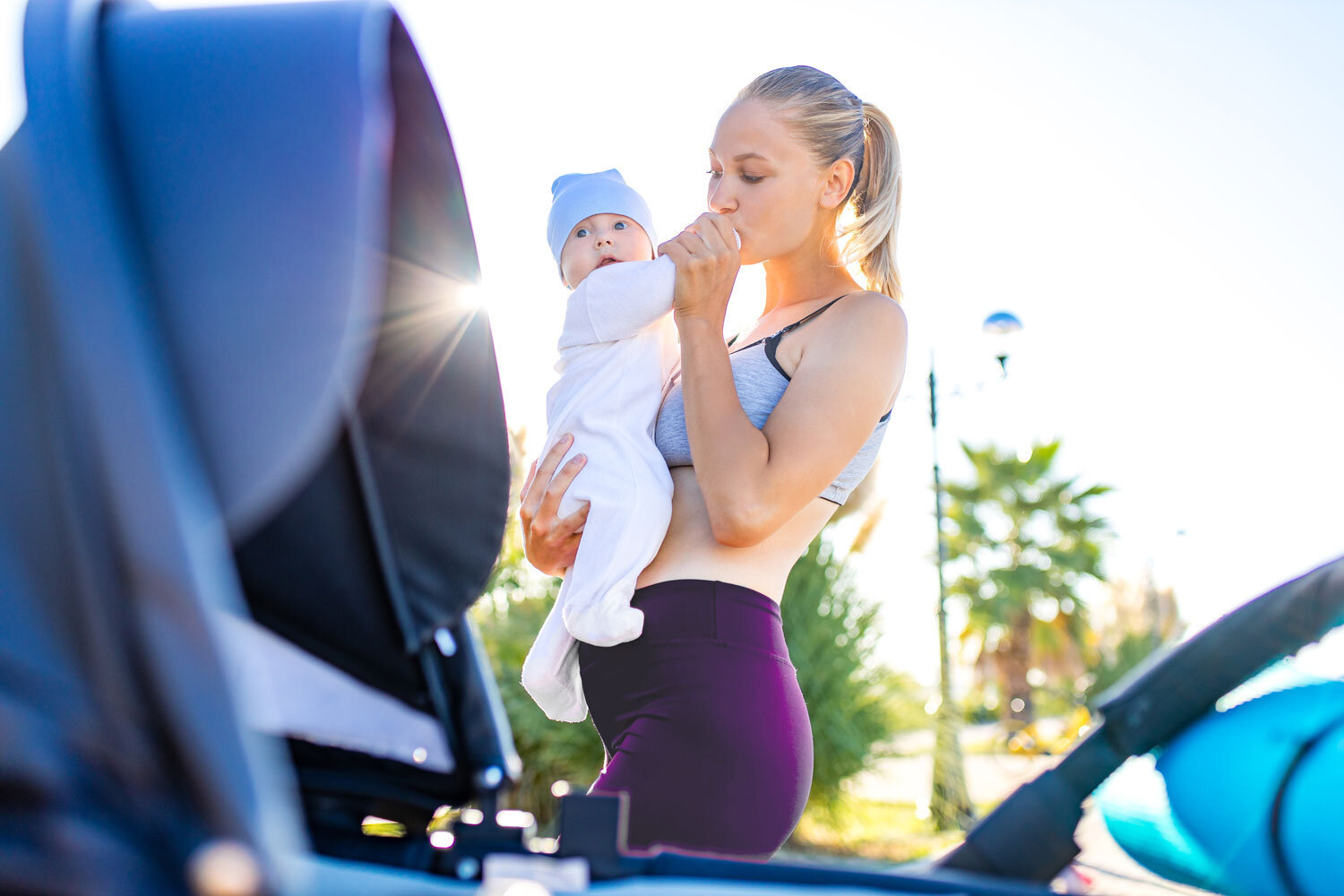
Healthy weight loss through exercising while breastfeeding
Many new mothers can’t wait to get rid of the additional kilos they gained during pregnancy. Generally speaking, there is nothing wrong with wanting to lose weight after birth. However, breastfeeding mums shouldn’t overdo it. The body needs additional energy for breastfeeding and making milk, between 500 and 600 additional calories per day to be precise. Going on a strict diet is therefore a no-go when breastfeeding.
With a balanced diet and a reasonable level of exercising while breastfeeding, however, new mothers can lose weight in a healthy and sustainable way. Especially when they breastfeed their baby. Breastfeeding mums generally return to their normal weight more quickly than mums who bottle-feed their baby because breastfeeding burns calories. With breastfeeding, it takes around three to four months to get rid of the extra weight gained during pregnancy.
Good to know: Toxins accumulate in fat cells. Rapid weight loss during breastfeeding dissolves fat deposits and releases the toxins they contain. The worst-case scenario is that the amount of toxins released into the mother’s body could harm the baby. Normal weight loss through a healthy diet and a moderate level of exercising while breastfeeding prevents this risk.
Exercise and breastfeeding: pelvic floor exercises
Pregnancy and childbirth put considerable strain on the pelvic floor muscles. This often weakens the muscles and causes subsequent problems like back pain or bladder control problems.
The first step to getting back into shape after giving birth is to take part in postnatal exercise classes. These classes are typically offered by maternity hospitals. New mothers can generally start exercising from six weeks after birth, depending on their state of health. It is possible to start with gentle postnatal exercises earlier when supervised by a midwife or healthcare professional.
The aim of postnatal gymnastics is to rebuild strength in the area of the pelvic floor, abdomen and back. This is achieved through special breathing exercises and gentle strengthening exercises. Strengthening exercises for the pelvic floor that are suitable for exercising while breastfeeding include lifting the pubic bone towards the navel and doing a glute bridge.
Exercise and breastfeeding: frequently asked questions
New mums often have lots of questions about exercise and breastfeeding. Here are the answers to the most frequently asked questions.
Can you exercise while breastfeeding?
Yes, you can most definitely exercise while breastfeeding. Physical activity is good for your health, helps with your inner balance and promotes physical well-being. The important thing to remember is not to overdo it and to be kind to your body.
Can exercise affect breast milk supply?
There is no clear answer to the question of whether exercising while breastfeeding affects milk production. Some experts assume that constant bouncing up and down of the breasts and friction of the nipples against the fabric of the sports bra could lead to a decrease in milk supply. However, moderate exercising won’t affect your milk supply.
How much exercise is recommended while breastfeeding?
Some scientists recommend that women should exercise for 150 minutes a week after giving birth. Ideally, this time should be divided into several smaller intervals of 20 to 30 minutes. It is also recommended to choose aerobic training, i.e. endurance training with a low level of physical exertion.
What kind of exercise is suitable for breastfeeding?
In general, any kind of exercise is permitted as long as it makes you feel good. The most important thing is not to overdo it and avoid too much physical exertion.
When can a nursing mother start exercising?
As a rule of thumb, breastfeeding mums can start doing moderate exercise around four weeks after birth. However, this depends on your state of health and the complications you may have had during labour. When breastfeeding after a C-section, for example, mums should wait a little longer before starting to exercise again. If there were no complications during birth, the mother can start with gentle exercises during the postpartum period.
References
- Stillen (uni-hamburg.de)
- Sport während der Stillzeit - Still-Lexikon
- Thieme E-Journals - Das Gesundheitswesen / Abstract (thieme-connect.com)
- 15_uebersicht_korstenreck_509.pdf (germanjournalsportsmedicine.com)
- Effekte von Sport in und nach der Schwangerschaft | SpringerLink
- Ernährung und Bewegung von Säuglingen und stillenden Frauen (vernetzungsstelle-berlin.de)
- Jauck_geschwaerzt.pdf (haw-hamburg.de)


